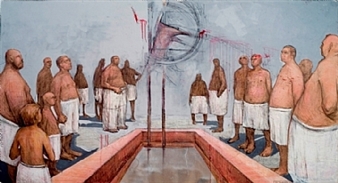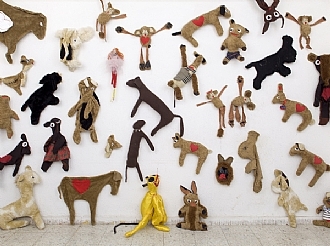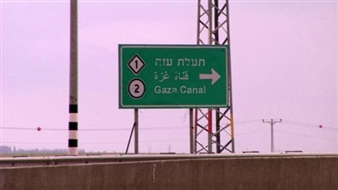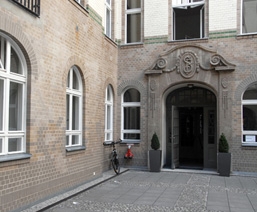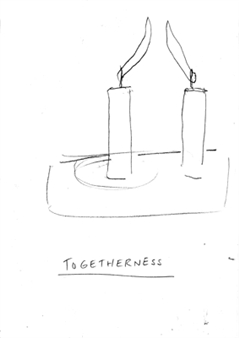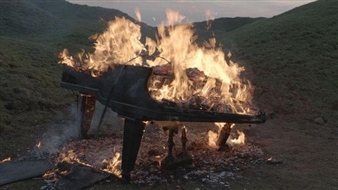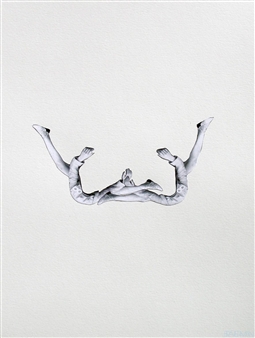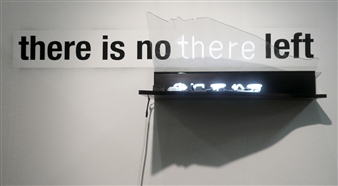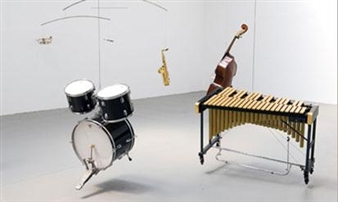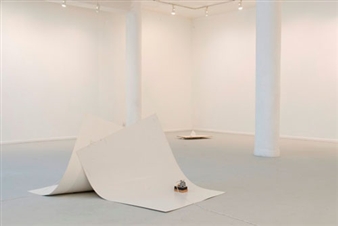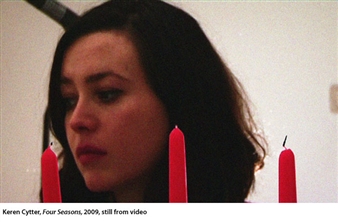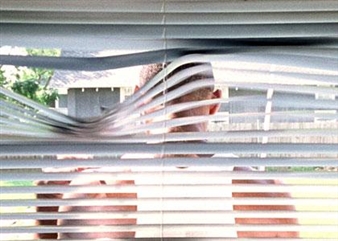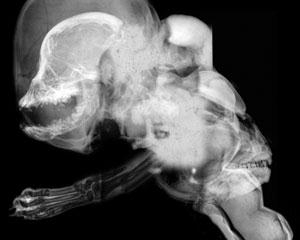Communication Networks: Art Institutions and New Publics
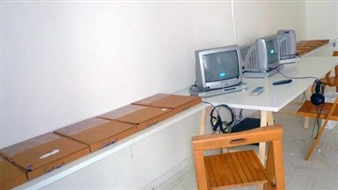
The Israeli Center of Digital Art, Tel Aviv District, Holon, 03/11/2010 - 04/11/2010
16th Yirmiyahu Street
The Israeli Center for Digital Art has been invited to participate in the project Communication Networks (Art Institutions and New Publics) that will take place at Mestna Galerija Ljubljana from March 11th to April 11th 2010.
The exhibition wishes to explore the contemporary “missions” of progressive art institutions in creating new communication networks, both with their local environments and broader, international regions.
The Center for Digital Art will present an archive of past exhibitions and projects starting from 2003 till today which illustrates its own initiatives in creating a regional and cross-cultural network. The projects will be presented through catalogues and other media and can be explored in the gallery space in a learning room environment.
For the exhibition, Eyal Danon and Maya Pasternak have also curated a video program titled We Won’t Stop Singing featuring works which deal with issues such as national, ethnic and religious tensions, identity, as well as influences of globalization on local cultures and politics, and encompass some of the weighty issues we are engaged with through song and dance.
Participating artists and their works:
I Was Called Kuny Lemel
Roee Rosen
In the feature “The Confessions of Roee Rosen”, the all-women ensemble performs musical interludes translated from English to Hebrew by Rosen. Here, in a supplementary short, a song from an Israeli movie made in the Sixties, based on a tale in Yiddish, is translated by the artist to English. The song describes the hapless, orthodox protagonist being surrounded by a band of foreigners claiming to be him, Kuny Lemel, thus touching upon a recurring theme in Rosen’s work, the doubling of the self.
Detail 4
Avi Mograbi
The clip (a scene from Mograbi’s film Vengeance for One of My Two Eyes) documents the inauguration of the Rabbi Meir Kahana Yeshiva in the Jewish settlement of Tapuach. In the film there is a procession of celebrants that ends with an enthusiastic religious, rock performance.
No Johnny No
Haim Ben Shitrit
Hend Rustom was a famous Egyptian belly dancer, here cut out from an early forties Egyptian romantic film, and virtually "forced" to dance in front of English soldiers in still photographs from old South African family albums. The new soundtrack is created from fragments of the Egyptian film and French singers Boris Vion and Bourvil.
Hey You...
Erzen Shkololli
"Hey You…" documents a musical performance of legendary Albanian singer, Shkurte Fejza, whose performances combine elements from Albanian folk music and from popular music. The song is a letter addressed to Europe, referring to the split between Albania and Kosovo, to Kosovo that now exists solely by virtue of the fact that the allies run its state affairs. Fejza turns to the nations of the world not to divide Albania, whose flag (which is also Kosovo’s flag) bears the image of the double-headed eagle. She asks them not to split the eagle in half, but rather leave it double-headed.
Until When?
Boaz Arad
In ’Until When?’ Boaz Arad sings (in playback) the song of singer Zohar Argov, the symbol of Israeli Mizrahi music. The song is being adapted into a dialogue between a psychiatrist and a patient dealing with solitude and alienation, issues also addressed in many Mizrahi songs.
Rebels of the Dance
Fikret Atay
"Rebels of the Dance" takes place in an ATM booth. Two children get into the booth; they are singing, but the lyrics and the language are not comprehensible. The melodic verse is pleasant to listen to, but it lacks any coherent wording. In spite of this, the synchronization and polyphony (vocal coordination) between them proves their ability to communicate by means of code.
